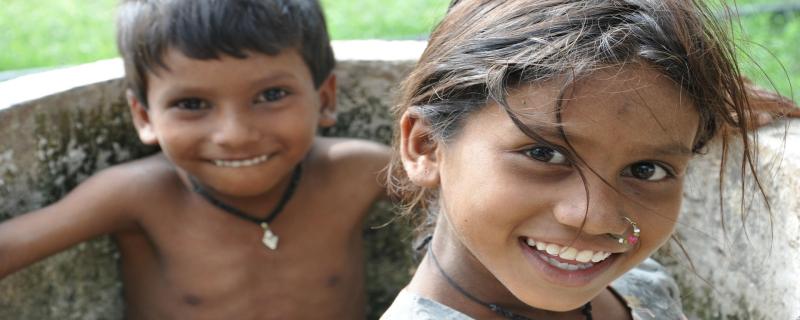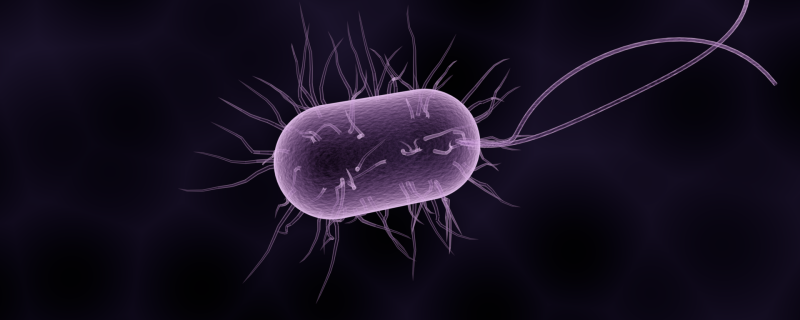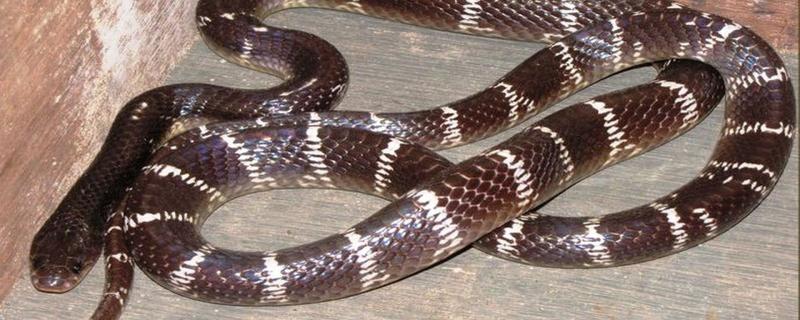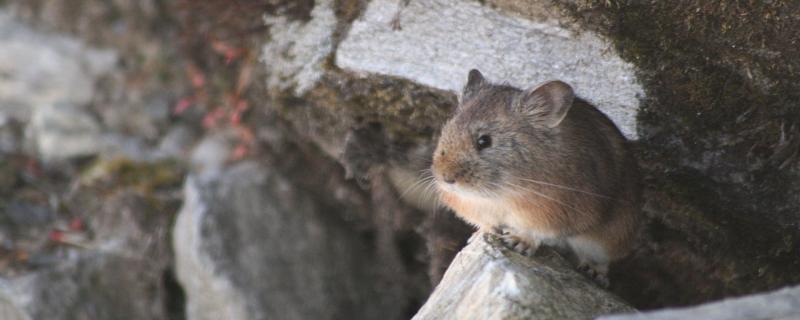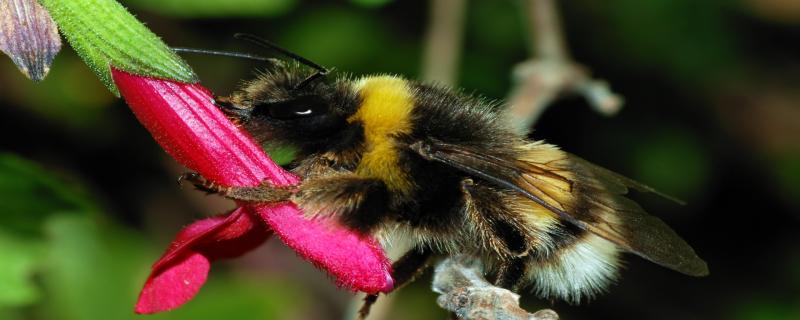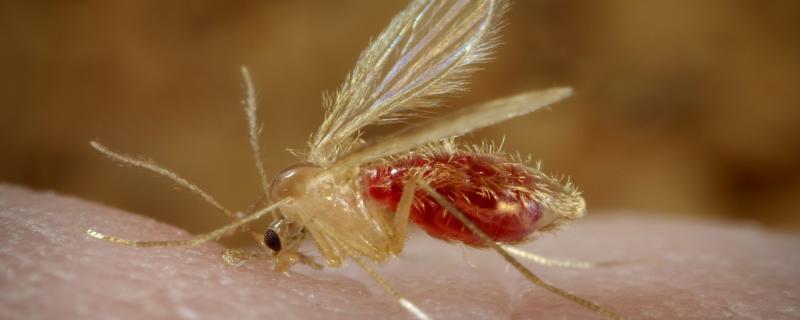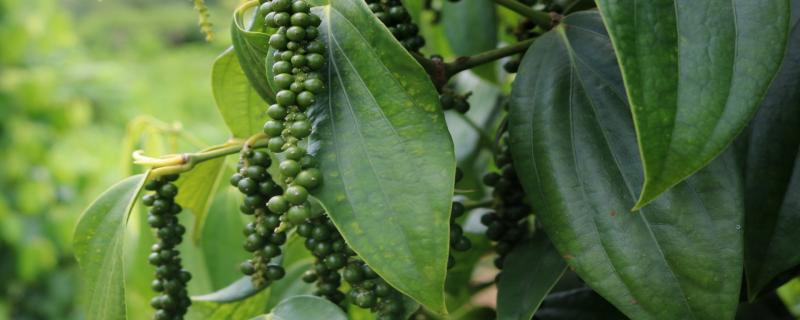India, the world’s capital of diabetes, has an escalating diabetes epidemic. Diabetes, a non-communicable disease, affects about 8.7% Indians today, and this number is predicted to hit 70 million by 2025 and 80 million by 2030. Although the exact reasons for this rapid rise in diabetes in the country are not yet clear, experts blame it on multiple factors. In a recent study, researchers from the USA, Germany and India have investigated the status of diabetic care among Indian adults. The findings, published in the journal BMC Medicine, present a grim picture of diabetes management in different states and socio-demographic groups in India.



